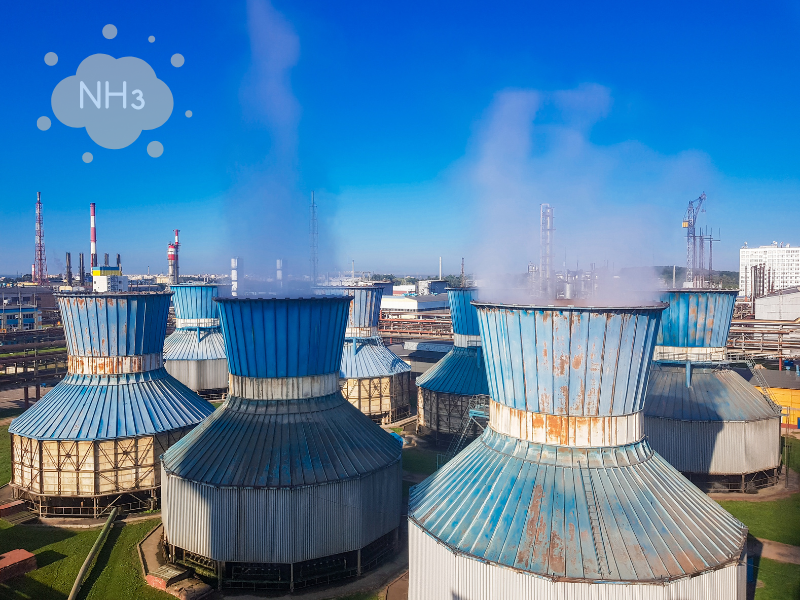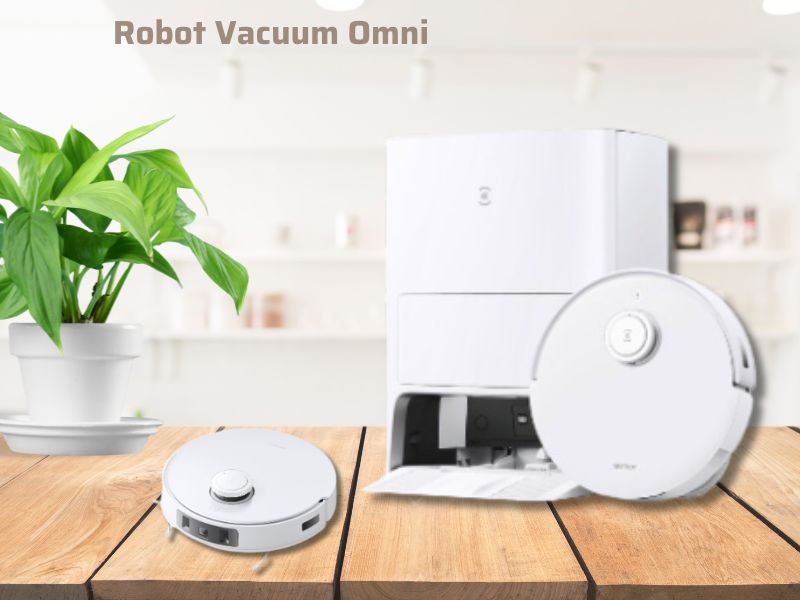A team of scientists from RMIT University (Australia), the University of Melbourne, and the Australian Research Council’s Center of Excellence in Quantum-Atom Optics (ACO-QTO) has invested significant effort in developing an extremely small sensor capable of detecting ammonia in breath, opening important prospects for health.

This transparent and ultra-thin sensor, made from tin oxide film, demonstrates higher sensitivity compared to current technologies. Operating like an electronic “nose,” the sensor can detect even trace amounts of ammonia and accurately differentiate between ammonia and other gases.
Benefits and Harms of Ammonia:
Ammonia, a colorless and odorless gas with a distinct smell when released, finds widespread use in industries, agriculture, and medicine, and can occur naturally in the environment and certain foods.
While ammonia has numerous useful applications, excessive exposure can pose health risks, leading to respiratory issues, chronic lung diseases, eye and skin irritation, gastrointestinal problems, and more.

Health and Safety Impact:
With approximately 235 million tons of ammonia produced globally each year, effective and reliable detection becomes crucial. Beyond industrial applications, the ability of the sensor to detect ammonia in human breath holds promise as a vital biomarker for diagnosing various health issues.
Detailed Research:
The presence of ammonia in the air alters the electrical resistance of the tin oxide film in the sensor. Higher concentrations of ammonia result in more significant changes in the device’s resistance. Rigorous tests were conducted to assess the sensor’s performance at different concentrations (5 – 500 ppm) and varying conditions, including temperature. Moreover, the device exhibited high accuracy in distinguishing ammonia from other gases, such as CO2 and methane.
Innovation in Manufacturing:
The team employed a low-cost and easily scalable technique to attach the ultra-thin tin oxide film to flexible materials. This method, feasible even on flexible materials that typically challenge other manufacturing approaches, involved obtaining the tin oxide film from the surface of molten tin at a temperature of 280°C. This film is thinner than paper by 50,000 times, demonstrating a synthesis that requires only a single step without the use of harmful solvents, vacuum environments, or cumbersome and expensive equipment.
Real-World Applications and Development Potential:
The miniature sensor provides a safer and more compact solution for detecting hazardous gases compared to existing technologies. Current methods, while accurate, often require expensive laboratory equipment and highly skilled technicians, along with complex sample preparation. The miniaturized sensor, with its instant discrimination between safe and dangerous levels of ammonia in the environment, promises the potential for cost-effective mass production.
Opportunities for Collaboration:
The research team anticipates collaborating with industry partners to further refine and manufacture subsequent sensor versions, optimizing their operational capabilities. Its compatibility with existing silicon production processes in the industry positions it as a suitable candidate for mass production.
This groundbreaking research from RMIT University marks a significant step forward in sensor technology, particularly in addressing the challenge of ammonia detection. The applications extend from industrial safety to potential advancements in healthcare, highlighting the innovation’s capacity to contribute to both environmental monitoring and health diagnostics. The team’s commitment to low-cost synthesis techniques and scalability enhances the feasibility for widespread application, driving progress in safety and health technologies.
Note: This article utilizes information, images from Seamus Daniel/RMIT.





Hello there, just became aware of your blog through Google, and found that it is truly informative.
I am going to watch out for brussels. I’ll be grateful if you continue this in future.
A lot of people will be benefited from your writing.
Cheers! Escape rooms